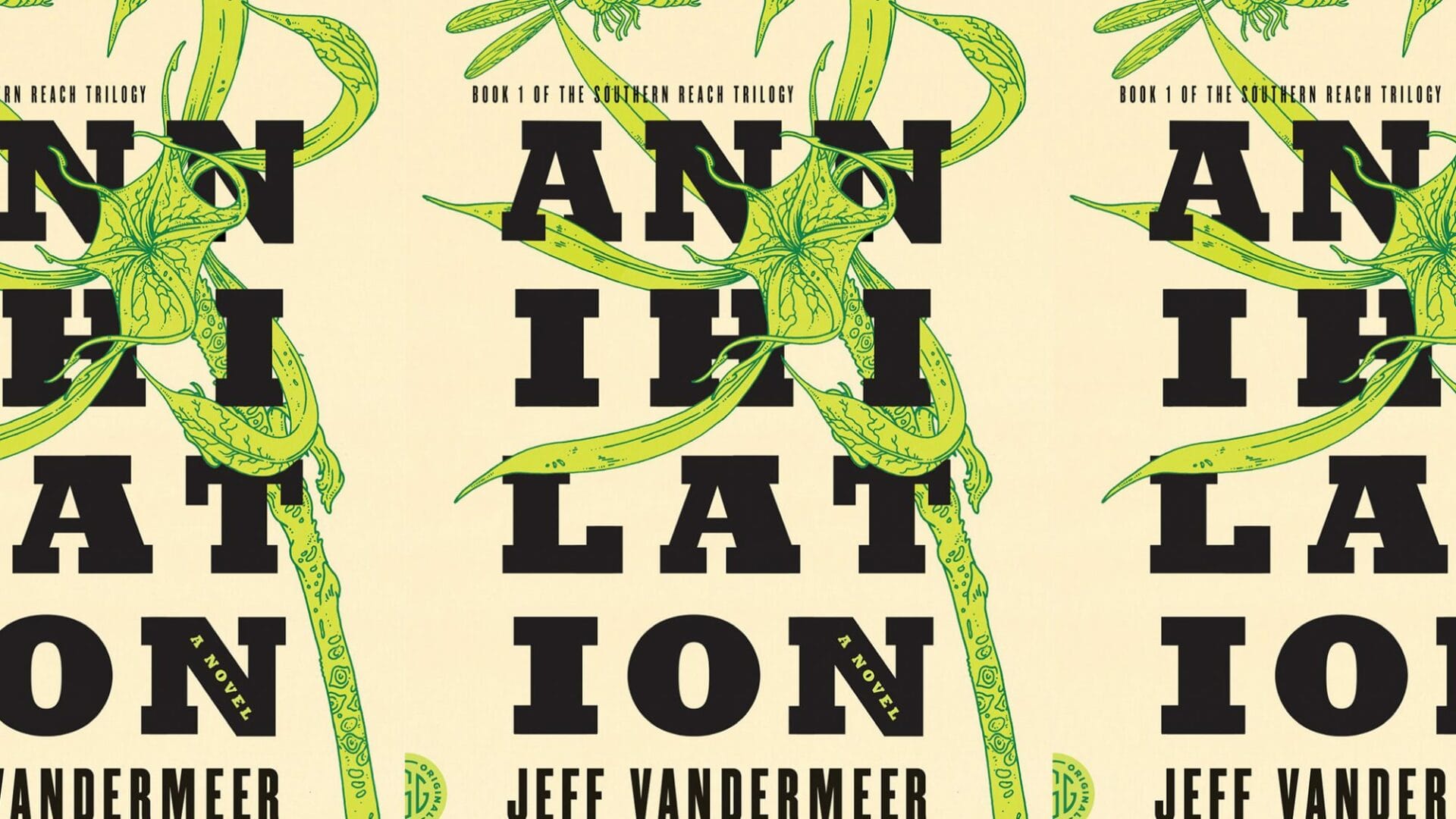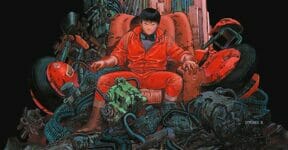In a world where apocalyptic scenarios and dystopian futures dominate the pages of sci-fi horror novels, one thing is clear: survival is key. Whether you’re engrossed in the pages of a gripping book series or contemplating real-world disasters, the question remains—how prepared are you for the end of the world? From relentless alien invasions to deadly plagues, sci-fi horror book series often throw their protagonists into life-or-death situations that require quick thinking, resourcefulness, and a touch of luck. But what if these fictional worlds could teach us something real? What if they could inspire us to be better prepared for emergencies in our own lives? Let’s dive into the connection between sci-fi horror novels and the essential tools for surviving the unthinkable: emergency survival kits.

The Parallels Between Sci-Fi Horror and Survival Preparedness
Sci-fi horror novels have a way of keeping us on the edge of our seats. They create vivid worlds where humanity is pushed to its limits, facing threats like alien predators (The War of the Worlds), rogue AI (I Have No Mouth, and I Must Scream), or viral outbreaks (The Stand). These stories may be fictional, but the themes they explore—resilience, survival, and adaptability—resonate deeply.
At their core, these novels serve as cautionary tales. They remind us how fragile society can be and how quickly things can spiral out of control. When the safety nets of modern life are ripped away, survival boils down to one thing: preparation.
Creating an emergency survival kit is like stepping into the shoes of your favorite sci-fi horror protagonist. You’re building tools and resources to endure the worst of circumstances, just like the characters who scavenge for supplies, craft weapons, or barricade themselves inside a bunker. The key difference? Instead of battling alien invaders or reanimated corpses, your emergency kit helps you handle real-life disasters like hurricanes, earthquakes, or power outages.

Survival Lessons from Sci-Fi Horror Novels
Sci-fi horror is packed with lessons on what to do—and whatnot to do—when the world goes sideways. Here are some survival takeaways from popular sci-fi horror book series:
- Resourcefulness Saves Lives
In The Road by Cormac McCarthy, the unnamed protagonists must forage for food and supplies in a bleak, post-apocalyptic wasteland. Their ability to repurpose items and make the most of what they find is key to their survival. This is a stark reminder that emergency kits should include multipurpose tools—like a Swiss Army knife, duct tape, or paracord—that can be adapted for various situations.
- Always Be Prepared
In Doomsday (the Doomsday Series) series revolves around a group of survivors struggling to adapt to an apocalyptic event. A recurring theme is how preparation—or lack thereof—defines who survives and who doesn’t. The characters who had thought ahead, stocking up on essentials like water, first-aid supplies, and non-perishable food, fare much better than those who didn’t. The takeaway? Your emergency survival kit should be stocked and ready before disaster strikes.
- Knowledge is Power
In World War Z by Max Brooks, survival often comes down to knowing how to act in life-threatening situations. From understanding how to outmaneuver zombies to learning how to purify water, the survivors show that knowledge is a survival tool as important as any weapon. Consider adding a survival handbook or laminated emergency instructions to your kit for quick reference.
- Stay Calm Under Pressure
In Annihilation by Jeff VanderMeer, the characters face unknown and often terrifying forces in the mysterious Area X. While many succumb to fear and paranoia, the survivors remain calm and focused. Panic can be just as deadly as any external threat, which is why mental preparedness—like practicing mindfulness or keeping morale-boosting items in your kit—can make a big difference in an emergency.

Building a Survival Kit Inspired by Sci-Fi Horror
Now that we’ve gleaned some survival insights from sci-fi horror, let’s talk about building your own emergency survival kit. While your kit doesn’t need to prepare you for alien invasions or zombie hordes, it should be equipped to handle real-world disasters. Here’s a breakdown of what to include, inspired by the survival challenges faced in sci-fi horror novels.
- Food and Water
-Non-perishable food: Think canned goods, protein bars, and freeze-dried meals.
-Water: At least one gallon per person per day for three days.
-Water purification tools: Water purification tablets, filters, or a portable water purifier like a LifeStraw.
In The Road, the scarcity of food and clean water is a constant threat. Having a reliable supply of both can mean the difference between life and death.
- Shelter and Warmth
-Emergency blankets: Lightweight and compact, they can help retain body heat.
-Tent or tarp: For creating temporary shelter.
-Fire-starting tools: Matches, a lighter, and fire-starting kits should always be on hand.
In The Stand by Stephen King, characters who can create safe, warm shelters are better equipped to handle the collapse of society and the harsh elements.
- First-Aid Supplies
– Bandages, antiseptic wipes, and antibiotic ointment.
– Pain relievers, antihistamines, and any necessary prescription medications.
– A basic first-aid manual for guidance.
In World War Z, minor injuries can quickly become life-threatening without proper medical care. A well-stocked first-aid kit is essential.
- Tools and Multipurpose Items
-Knife or multi-tool: For cutting, repairing, and protection.
-Duct tape: A survivalist’s best friend for quick repairs.
-Paracord: Strong and versatile for tying, building, or carrying.
In The Martian by Andy Weir (a sci-fi survival story of a different kind), Mark Watney’s ingenuity with tools and materials keeps him alive on Mars.
- Communication and Navigation
-Battery-powered or hand-crank radio: To stay informed during a disaster.
-Compass and maps: In case GPS is unavailable.
-Whistle: For signaling for help.
Communication and navigation tools are vital, as seen in countless sci-fi horror stories where characters lose their way or need to call for help.
- Personal Comfort and Morale
-Books or journals: For entertainment and mental health.
-Pictures of loved ones: To boost morale.
-Small comforts: Like a deck of cards or a favorite snack.
In Annihilation, the psychological toll of facing the unknown is just as dangerous as the physical threats. Maintaining morale can be a crucial survival factor.
Why Sci-Fi Horror Fans Should Build a Survival Kit
If you’re a fan of sci-fi horror, you already appreciate the thrill of imagining worst-case scenarios. But why stop at fiction? Building an emergency survival kit is a way to channel that same energy into something productive and practical. Here’s why it’s a perfect match:
- It’s a Fun Challenge
Assembling a survival kit can feel like stepping into the role of your favorite sci-fi protagonist. It’s a hands-on way to engage with the themes you love in your books.
- It’s a Conversation Starter
Sharing your survival kit with friends or family can spark discussions about your favorite sci-fi horror series and real-world preparedness.
- It’s Peace of Mind
While you may never face an alien invasion, having a survival kit ensures you’re ready for more mundane emergencies, like power outages or natural disasters.
Sci-Fi Horror Book Series to Inspire Your Survival Prep
If you’re looking for more inspiration, here are some sci-fi horror book series that delve into survival, resilience, and the apocalypse:
- The Southern Reach Trilogy by Jeff VanderMeer
A surreal exploration of survival in an incomprehensible world overtaken by nature.
- The Doomsday Series by R. L. Gemmill
Apocalyptic scenarios, complex characters, and survival against impossible odds—this series is a must-read for sci-fi horror/apocalypse fans.
- The Extinction Cycle by Nicholas Sansbury Smith
A thrilling series about humanity’s fight for survival against a viral outbreak that creates monstrous mutants.
- The Passage Trilogy by Justin Cronin
A gripping saga of survival in a world overrun by vampiric creatures.
Fictional Survival Meets Real-World Preparedness
Sci-fi horror novels are more than just entertainment—they’re thought experiments on what it takes to survive the unthinkable. By exploring the challenges faced by characters in these stories, we can gain valuable insights into survival strategies and apply them to our real lives.
Building an emergency survival kit is a practical way to channel your love of sci-fi horror into something tangible. Whether you’re inspired by the resourcefulness of characters in The Road or the resilience of survivors in World War Z, your survival kit can serve as a small but critical step toward being prepared for whatever comes your way—fictional or not.
So, the next time you curl up with a sci-fi horror book, take a moment to reflect: If the apocalypse were to happen tomorrow, would you be ready? If not, it might be time to build your kit—and who knows, you might just enjoy the process as much as the stories that inspired it.







